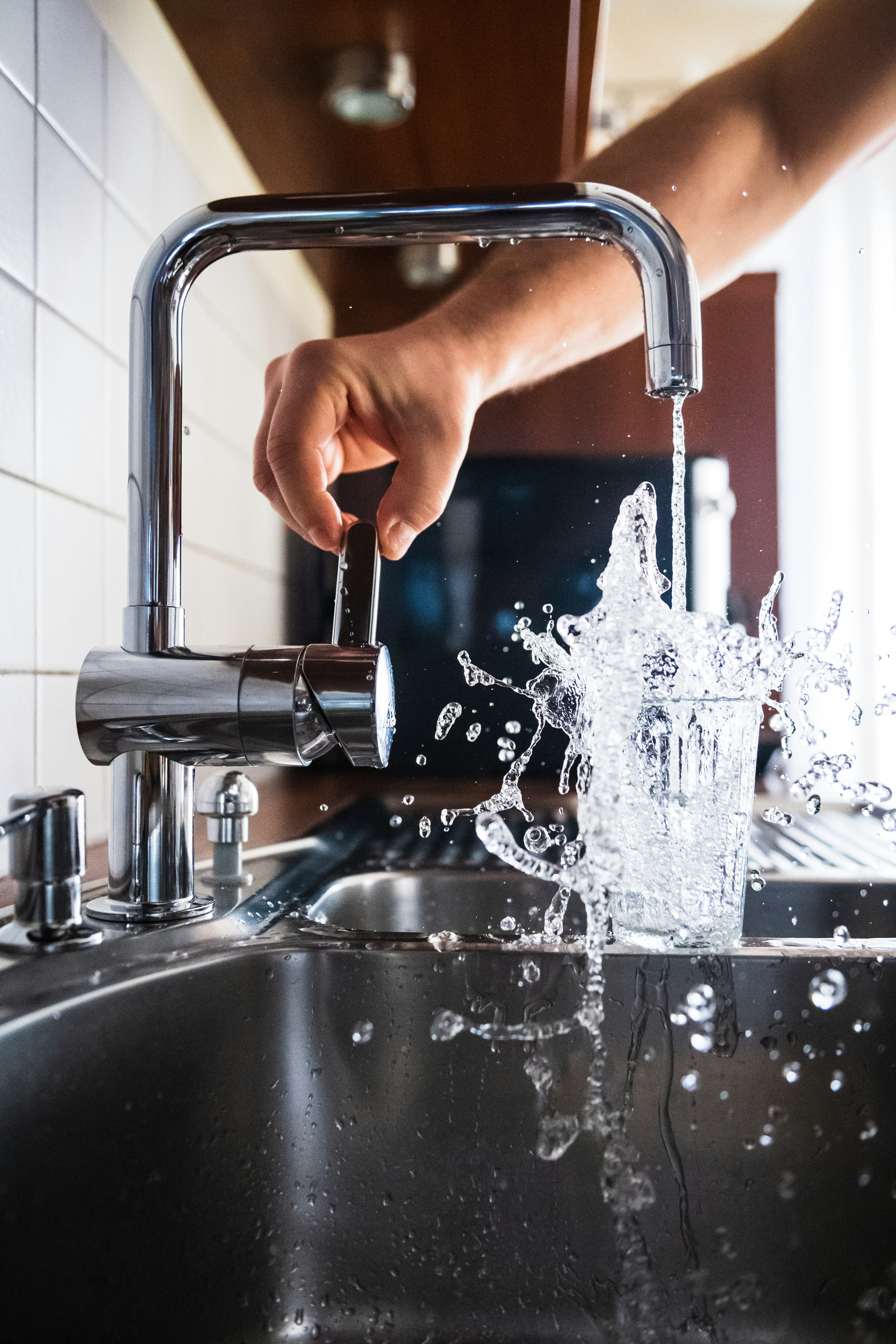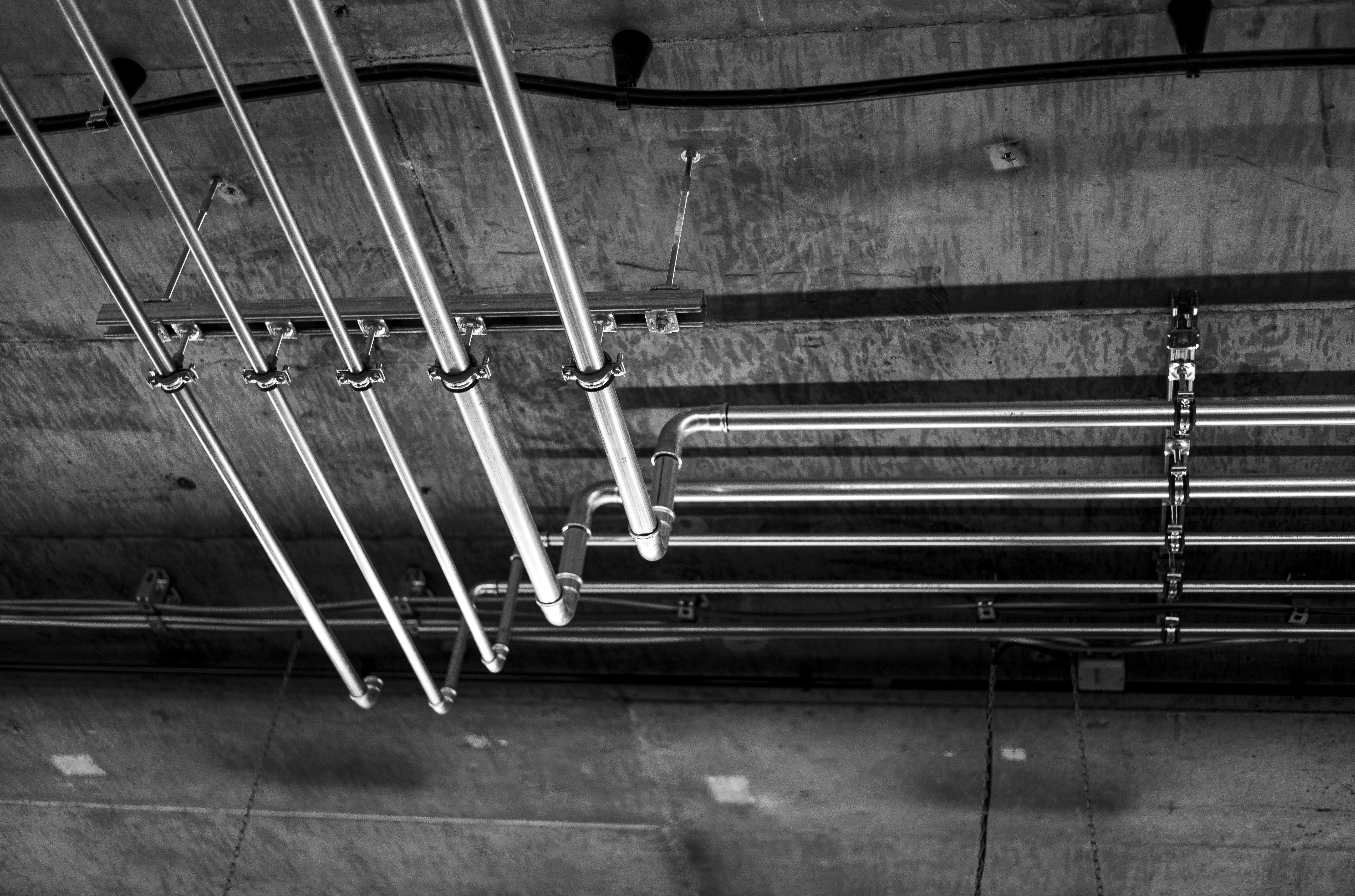In this article, you will discover six straightforward methods for efficiently fitting a sink waste pipe. Whether you are a DIY enthusiast or a professional plumber, these simple techniques will guide you through the process of installing a sink waste pipe with ease. By following these step-by-step instructions, you will gain the knowledge and confidence to successfully complete this task, ensuring a proper and functional waste system for your sink.
Tools and Materials
To complete the installation of a sink waste pipe, you will need the following tools and materials:
Wrench or pliers
A wrench or a pair of pliers will be necessary for tightening and securing the various connections throughout the installation process.
Hacksaw
A hacksaw will be used to cut the waste pipe to the correct length. This will ensure a proper fit and alignment.
Tape measure
Measuring the space below the sink accurately is crucial in determining the appropriate length for the waste pipe and other sections of plumbing.
Pipe cutter
A pipe cutter will be required to cut the waste pipe and other pipes to the desired lengths. This tool provides clean and precise cuts.
Silicone caulk
Silicone caulk is a waterproof sealant that will be used to seal the sink drain. It prevents water leakage and ensures a watertight connection.
Plumber’s putty
Plumber’s putty is an alternative to silicone caulk and can be used to seal the sink drain. It is malleable and helps create a tight seal.
Pipe fittings
Various pipe fittings will be needed to connect the different sections of the waste pipe and other plumbing components together securely.
Pipe sealant
Pipe sealant, such as thread sealant or Teflon tape, will be applied to threaded connections to prevent leaks and ensure a tight seal.
Adjustable wrench
An adjustable wrench will be used to tighten the slip nuts and secure the connections. It provides a firm grip and allows for easy adjustments.
Measuring and Preparing
Before starting the installation, it is important to measure the space below the sink accurately. This will help determine the appropriate length for the waste pipe and ensure a proper fit. Use a tape measure to measure the distance from the sink drain to the wall drain.
Once you have measured the space, use a hacksaw to cut the waste pipe to the correct length. Make sure to take into account any necessary adjustments for fittings and connections.
After cutting the waste pipe, clean the ends using a pipe cutter or a file. This will remove any burrs or rough edges that may impede the proper seating of fittings or connections.
Before connecting the sink drain, apply plumber’s putty or silicone caulk to the sink drain’s underside. This will help create a watertight seal and prevent any leaks.

This image is property of images.unsplash.com.
Connecting to the Sink Drain
To connect the waste pipe to the sink drain, position the waste pipe under the sink drain opening. Make sure it aligns properly and can be easily secured.
Secure the waste pipe to the sink drain by sliding a slip nut and washer over the pipe. The slip nut should be positioned where the waste pipe meets the sink drain.
Using pliers or a wrench, tighten the slip nut onto the sink drain. Make sure it is secure but avoid over-tightening, as this can cause damage to the fittings or connections.
Connecting to the Wall Drain
To connect the waste pipe to the wall drain, measure and cut a section of pipe to reach the wall drain from the previous connection point. Once cut, ensure that the pipe section is clean and free from debris.
Apply pipe sealant, such as thread sealant or Teflon tape, to the threaded end of the pipe section. This will help create a watertight seal and prevent any leaks.
Connect the waste pipe to the wall drain by sliding a slip nut and washer over the pipe. Position the slip nut at the point of connection between the waste pipe and the wall drain.
Tighten the slip nut securely using pliers or a wrench. Again, ensure that the connection is tight enough to prevent leaks but not so tight that it causes damage.

This image is property of images.unsplash.com.
Installing a P-Trap
For proper drainage and to prevent the backflow of sewer gases, it is essential to install a P-trap. To install a P-trap, follow these steps:
Measure and cut a section of pipe to create the P-trap shape. The length will depend on your specific plumbing configuration and the space available.
Attach one end of the P-trap to the waste pipe by sliding a slip nut and washer over the pipe. Position the slip nut at the connection point with the waste pipe.
Secure the slip nut tightly using pliers or a wrench. Make sure the connection is snug but avoid over-tightening.
Attach the other end of the P-trap to the wall drain in the same manner, using slip nuts and washers to create a secure connection.
Securing the Pipes
After all the connections have been made, it is important to check for any leaks. Turn on the water and inspect each connection, ensuring there are no signs of water leakage.
If any connections are loose, use pliers or a wrench to tighten them. Avoid using excessive force, as it may damage the fittings or connections.
To prevent any movement or sagging of the pipes, secure them to the wall or cabinet using pipe clips or metal straps. This will help maintain the integrity of the plumbing system.

This image is property of images.unsplash.com.
Connecting Other Fixtures
If you have additional fixtures, such as a dishwasher or a garbage disposal, you can connect them to the waste pipe using the appropriate pipe fittings and connectors.
Ensure that all connections are tight and secure by using pliers or a wrench to tighten any slip nuts or threaded connections.
Testing the System
After completing the installation, it is essential to test the system for proper functionality. Follow these steps:
Turn on the water and carefully observe each connection for any signs of leakage. Address any leaks by tightening the affected connections.
Fill the sink with water and let it drain completely. Observe the flow of water to ensure there are no issues with drainage or blockages.
During testing, listen for any unusual sounds, such as gurgling or vibrations, which may indicate a problem with the installation. Additionally, check for any unusual smells that could suggest a sewer gas leak.
Cleaning Up
Once the installation is complete, wipe away any excess caulk or putty with a damp cloth. This will help give the installation a clean and finished appearance.
Clean the pipes and the surrounding sink area using a damp cloth. Remove any dirt or debris that may have accumulated during the installation process.
Dispose of any waste materials, such as cut pipe remnants or packaging, properly. Follow local regulations for disposing of these materials in an environmentally friendly manner.
Troubleshooting
In the event that you encounter any issues during or after the installation, follow these troubleshooting steps:
If there are leaks at any of the connections, check and tighten all the connections using pliers or a wrench. Ensure that the slip nuts are secure and that the pipe sealant is applied correctly.
If the sink drains slowly or is completely blocked, there may be a clog in the pipe. Use a plunger or a drain auger to clear the clog. If the issue persists, consider seeking professional help to resolve the problem.
For more complex issues, such as leaks or persistent drainage problems, it is recommended to contact a professional plumber for assistance. They have the expertise and specialized tools to diagnose and resolve complex plumbing issues effectively.
By following these steps and using the appropriate tools and materials, you can successfully fit a sink waste pipe. It is crucial to take the time to measure accurately, make secure connections, and test the system for proper functionality. Remember to prioritize safety and consult a professional when needed.



